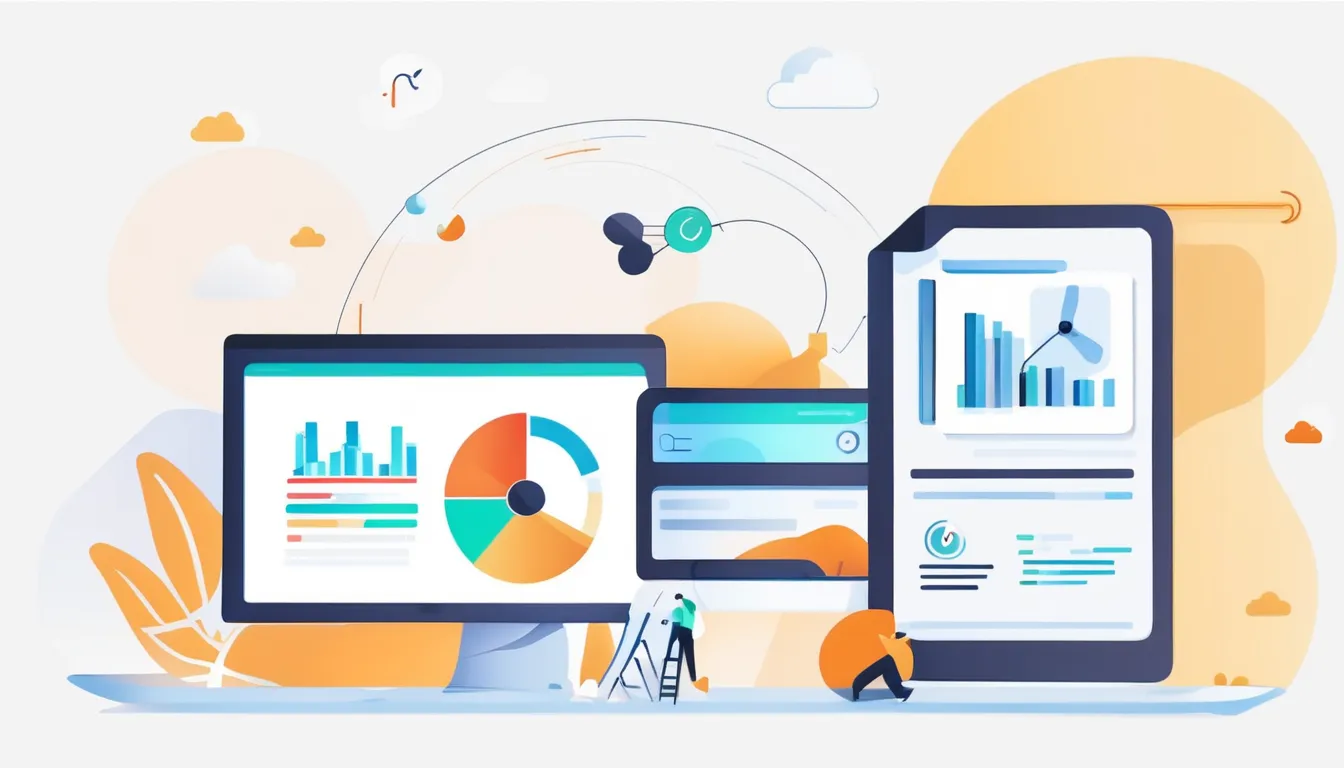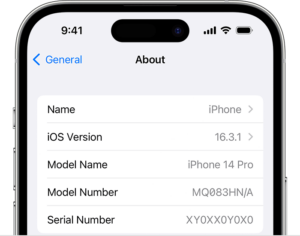Master Google PageSpeed Optimization to Improve Website Loading Time

When it comes to optimizing your website’s loading time, mastering Google PageSpeed is crucial for maintaining a competitive edge. You might not realize how small changes can lead to significant improvements in user experience and SEO rankings. By using tools like Google PageSpeed Insights, you can pinpoint performance issues that may be holding your site back. But what specific techniques should you prioritize for maximum impact? Understanding the nuances of optimization can make all the difference, and it’s worth exploring the strategies that can transform your site’s performance.
Understanding PageSpeed Insights
PageSpeed Insights is a powerful tool that helps you analyze the performance of your web pages. It provides insights into how well your site performs on both mobile and desktop devices, offering a score from 0 to 100. A higher score means better performance, which translates to improved user experience and potentially higher search rankings.
When you enter your URL, PageSpeed Insights runs a series of tests, evaluating various aspects of your page’s load time. You’ll see specific recommendations based on your results, helping you understand what elements are slowing down your site. These suggestions might include optimizing images, leveraging browser caching, or reducing server response times.
It’s essential to grasp the importance of each metric displayed. The tool offers insights into First Contentful Paint, Speed Index, and Time to Interactive, among others, so you can pinpoint where improvements are needed.
Analyzing Your Current Speed
To effectively enhance your website’s performance, start by analyzing your current speed. Use tools like Google PageSpeed Insights or GTmetrix to get a clear picture of how your site performs. Enter your website’s URL and review the metrics provided. Focus on key indicators, including loading time, first contentful paint, and time to interactive. These metrics reveal how quickly users can access your content.
Once you’ve gathered this data, identify any areas where your site lags. Pay attention to the suggestions offered by these tools. They often highlight specific elements that slow down your site, such as large images, excessive scripts, or unoptimized resources.
Don’t overlook mobile performance, either. Many users browse on their phones, so check how your site performs on mobile devices as well.
After analyzing your current speed, you’ll have a solid foundation to inform your optimization efforts. Understanding where you stand now makes it easier to track improvements over time.
You’ll also gain insights into what changes will have the most impact, setting the stage for successful optimization strategies in the next phase.
Key Optimization Techniques
With a clear understanding of your site’s current speed, it’s time to implement key optimization techniques that can significantly enhance performance.
These strategies not only improve loading times but also boost user experience and SEO rankings. Here are four essential techniques to consider:
- Optimize Images: Compress images without losing quality. Use formats like WebP for better performance and ensure images are properly sized for your web layout.
- Minify CSS, JavaScript, and HTML: Reduce the size of your files by eliminating unnecessary characters, comments, and whitespace. This makes your code cleaner and faster to load.
- Leverage Browser Caching: Set up caching to store static resources on users’ devices. This way, returning visitors don’t have to reload everything, dramatically speeding up their experience.
- Implement a Content Delivery Network (CDN): A CDN distributes your content across multiple servers worldwide, ensuring faster delivery to users, no matter where they’re located.
Tools for Speed Testing
Assessing your website’s speed is crucial for understanding how well your optimization efforts are working. To do this effectively, you can leverage various tools designed for speed testing.
One of the most popular options is Google PageSpeed optimieren PageSpeed Insights. This tool provides detailed reports on both mobile and desktop performance, offering actionable suggestions to improve loading times.
Another great choice is GTmetrix. It not only analyzes your site’s speed but also includes performance scores and recommendations based on Google Lighthouse and WebPageTest.
If you want a more visual representation of your site’s performance, consider using Pingdom. This platform allows you to test your site from different locations and gives you a comprehensive breakdown of load times.
WebPageTest is another powerful tool that offers advanced features like multi-step transactions and video capture, giving you deeper insights into user experience.
Finally, you might want to check out Lighthouse, integrated into Chrome DevTools, which provides a thorough audit of performance metrics.
Monitoring and Continuous Improvement
While you’ve implemented various optimization strategies, monitoring your website’s performance is essential for ensuring those efforts yield lasting results.
Regular checks allow you to identify new issues and gauge the effectiveness of your optimizations. Here are some key actions to keep your website running smoothly:
- Set up Performance Alerts: Use tools that notify you when your site’s speed drops below a certain threshold. This proactive approach helps you address issues before they impact users.
- Analyze Traffic Patterns: Keep an eye on your website’s traffic to see how it correlates with loading times. Peaks in traffic can reveal potential bottlenecks that need attention.
- Regularly Use Speed Testing Tools: Make it a habit to run speed tests periodically, even after you’ve optimized your site. This practice helps you stay ahead of any new performance issues.
- A/B Testing: Experiment with different elements on your site to see how they affect loading times and user experience. Continuous testing ensures you’re always improving.
Conclusion
By mastering Google PageSpeed optimization, you can significantly enhance your website’s loading times and user experience. Remember to regularly analyze your current speed, implement key optimization techniques, and use the right tools for testing. Continuous monitoring will help you stay ahead of performance issues and keep your site fast and responsive. With these efforts, you’ll not only improve user satisfaction but also boost your SEO rankings, giving your site the competitive edge it needs.





